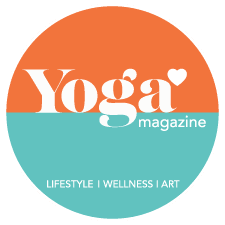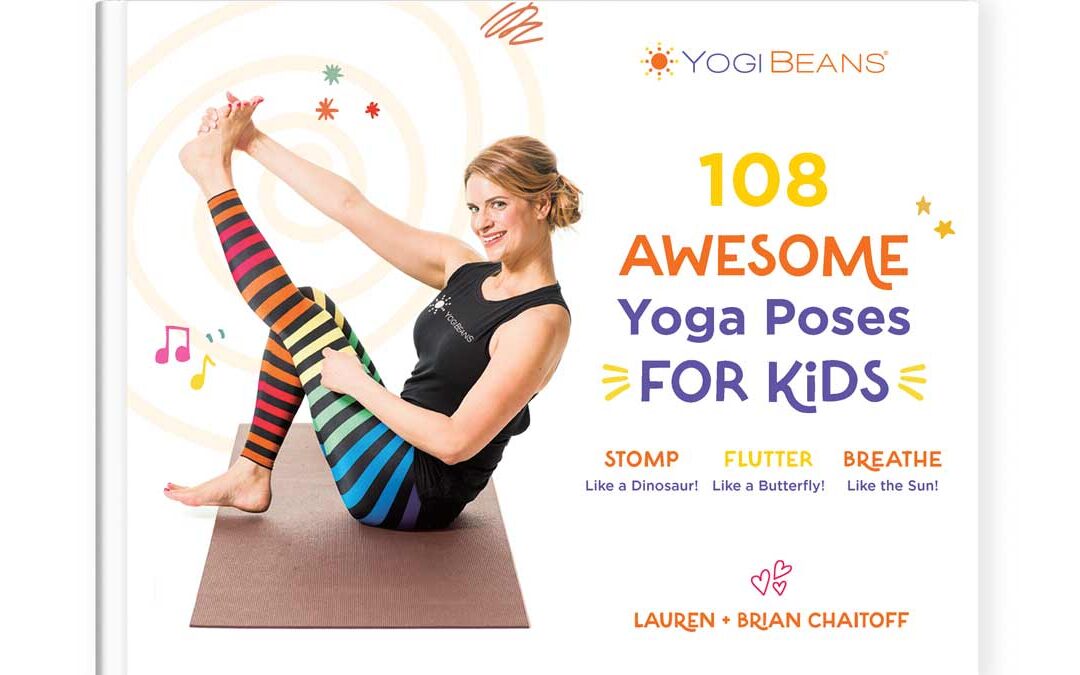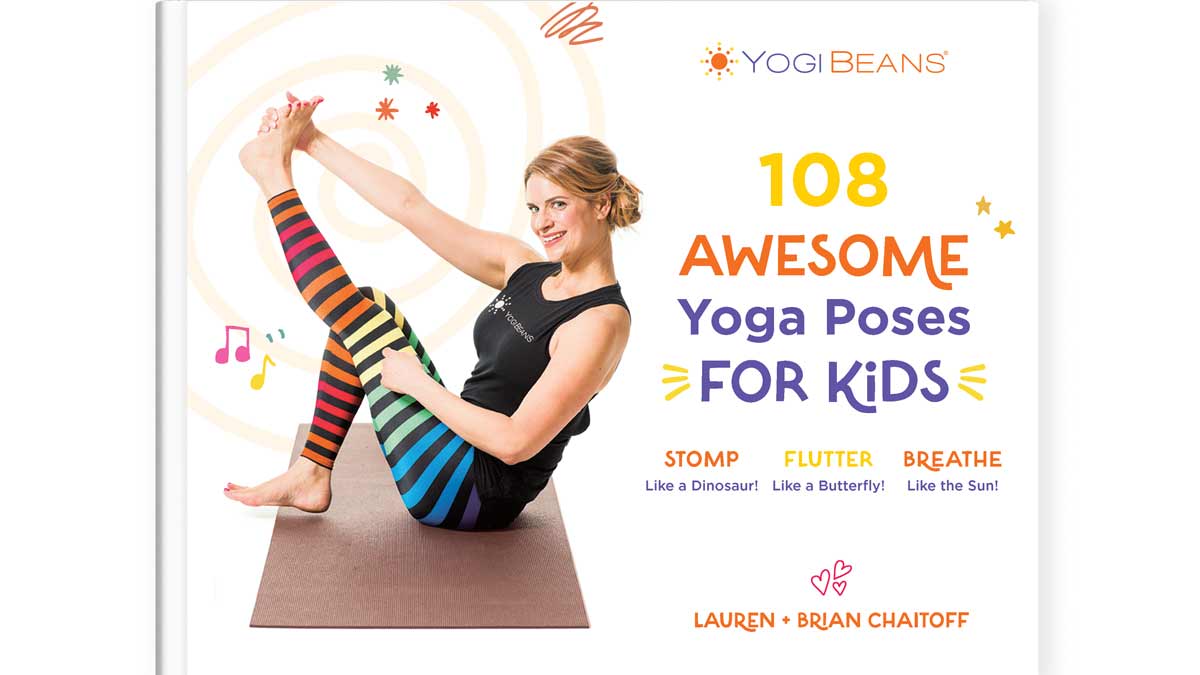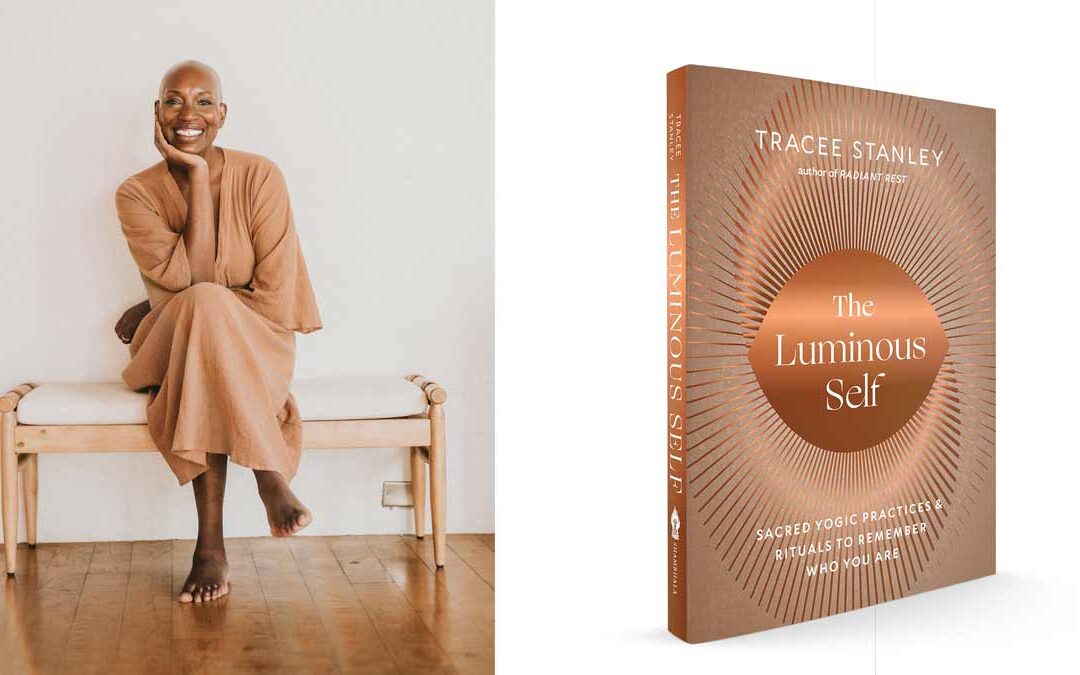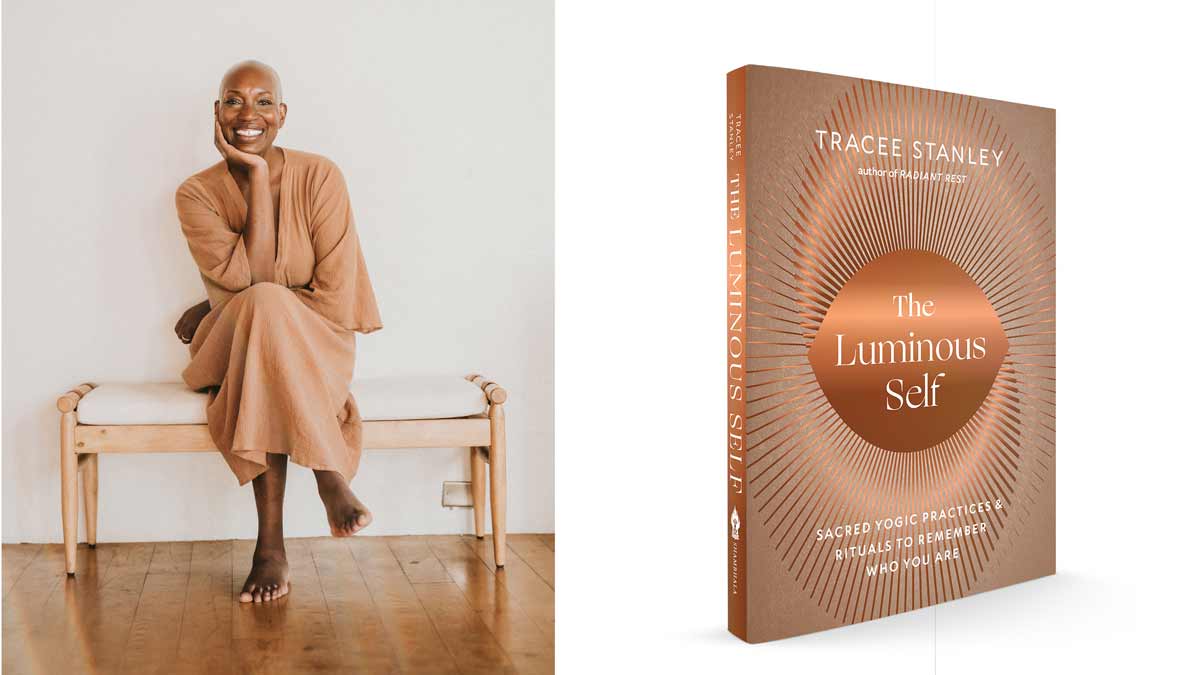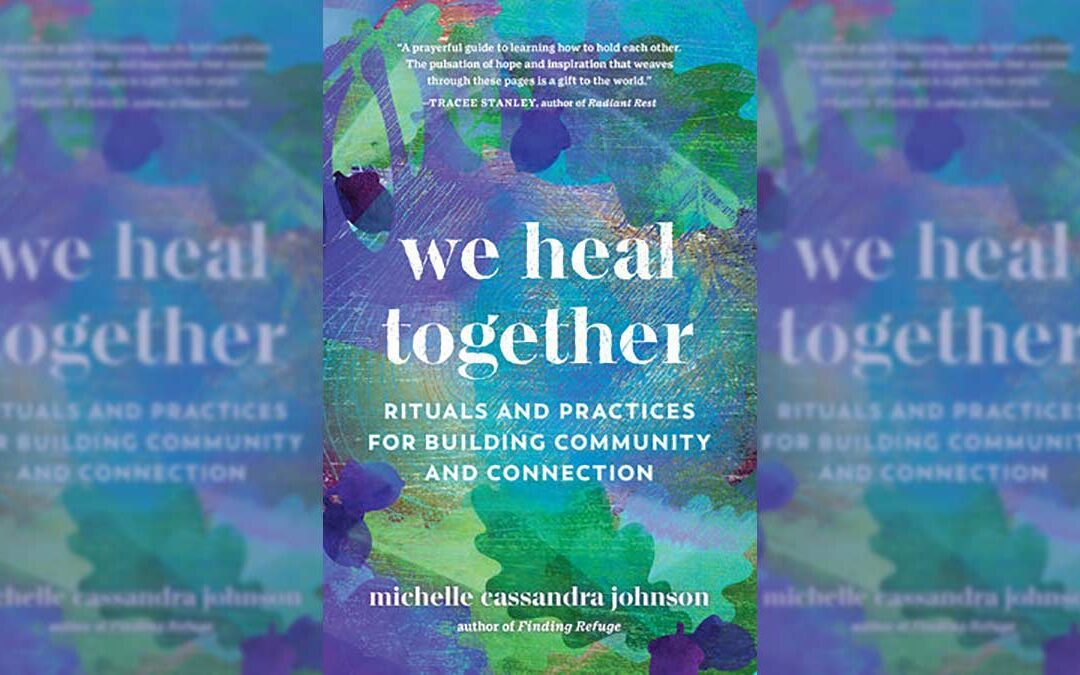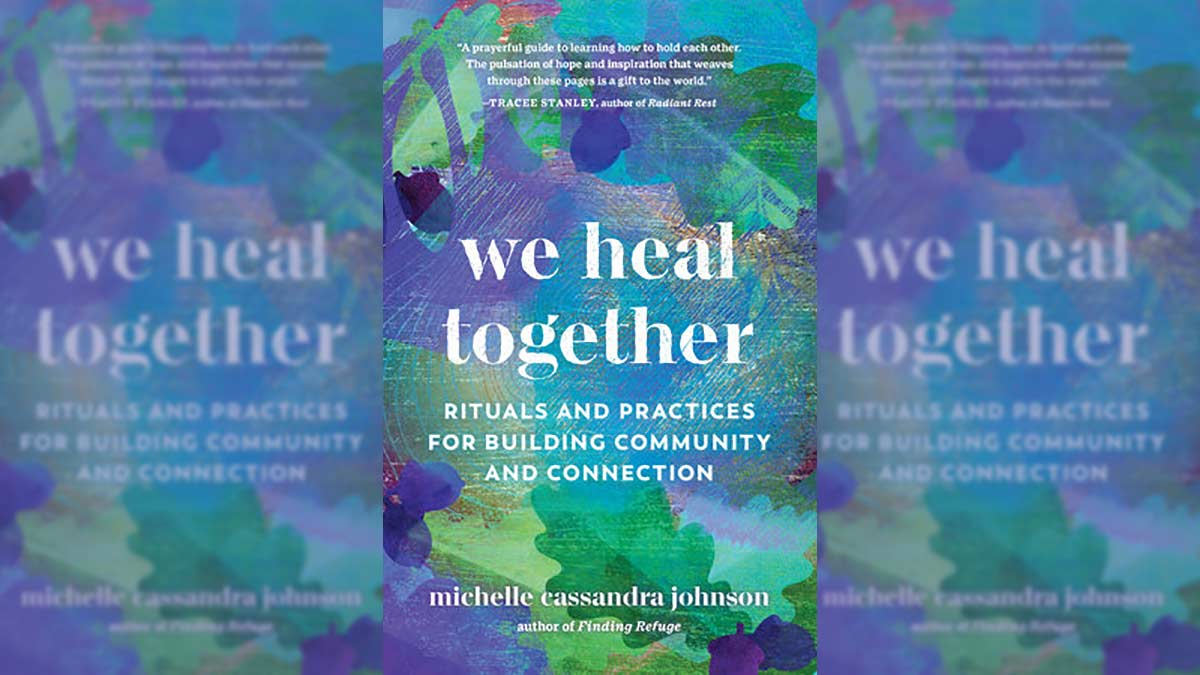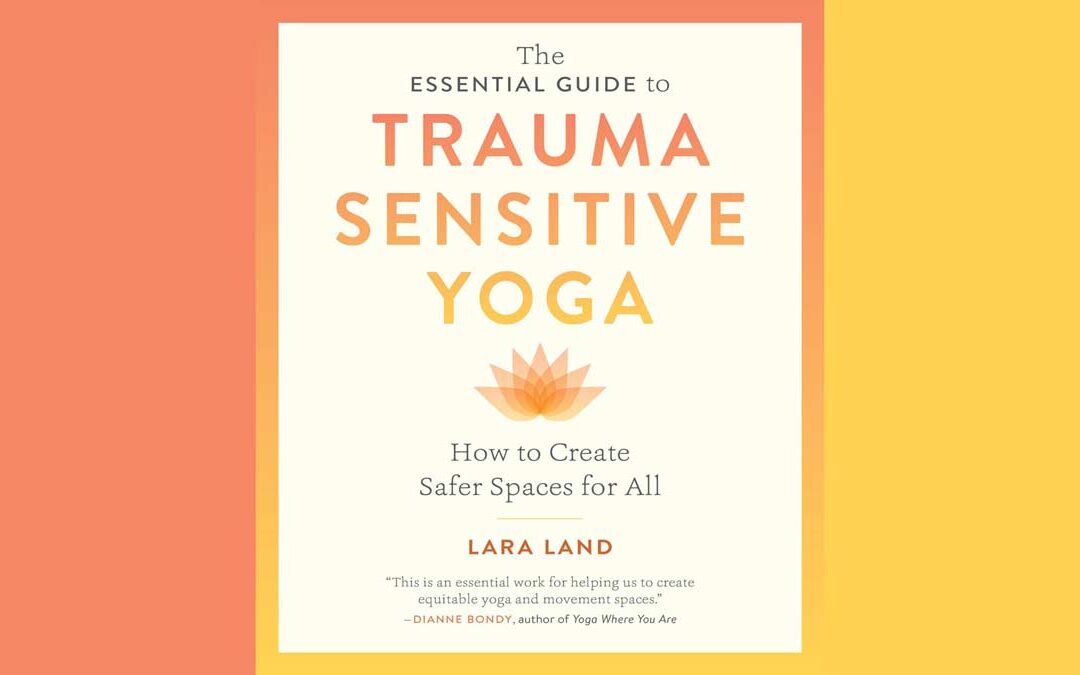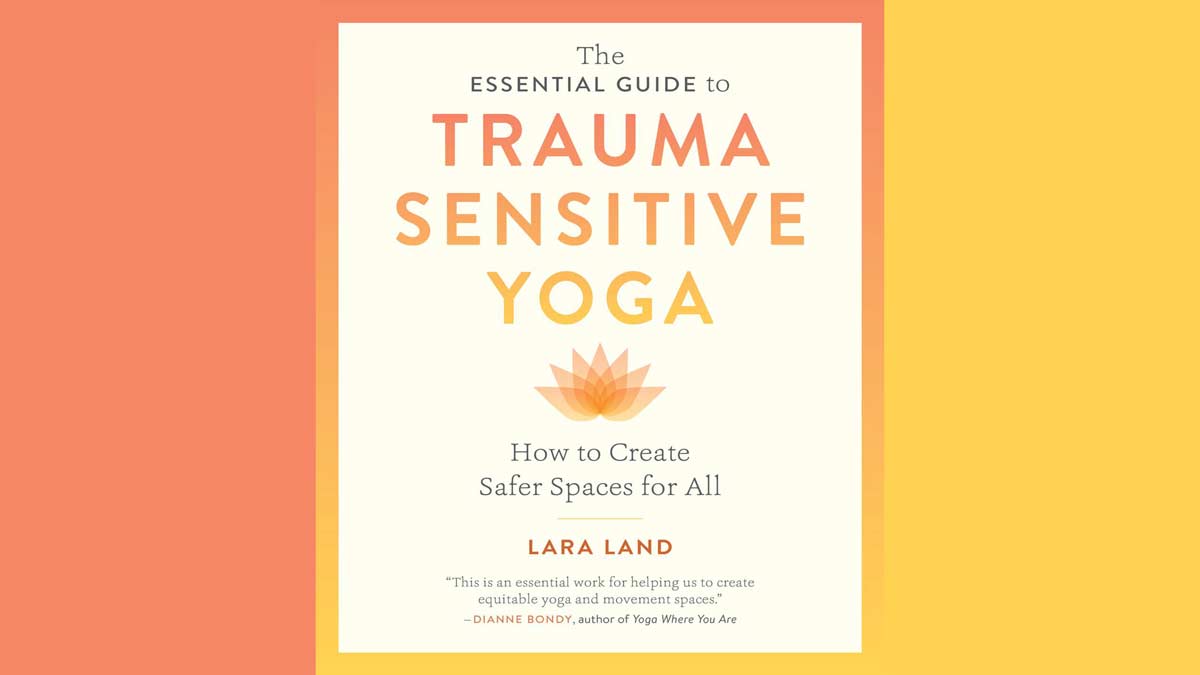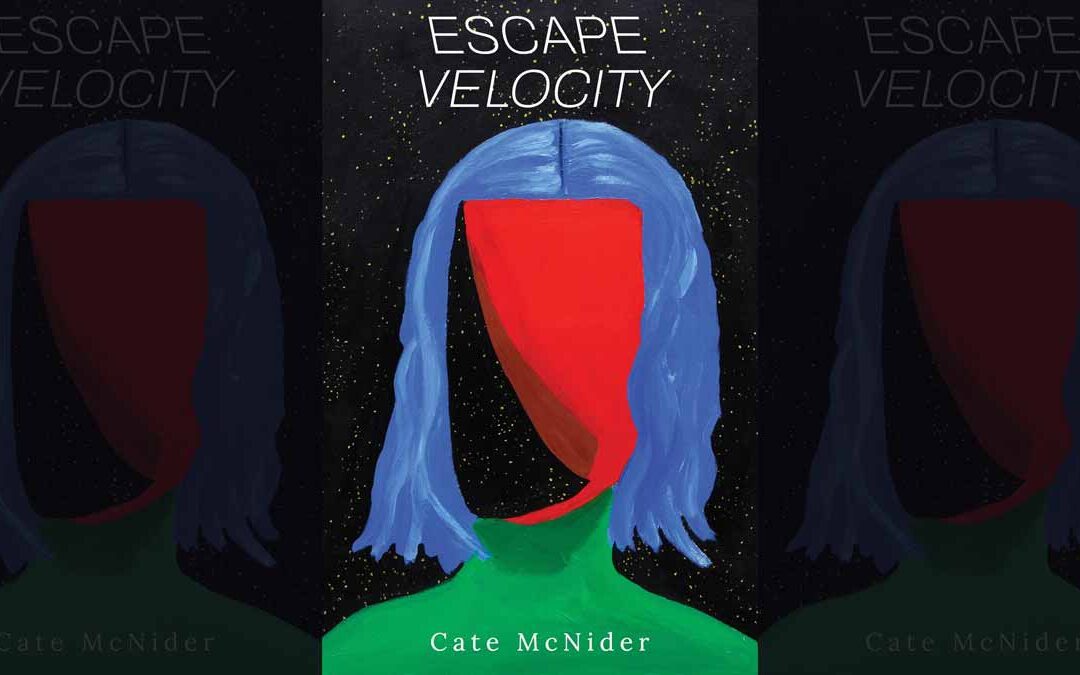
Escape Velocity
Escape Velocity
BOOK CLUB
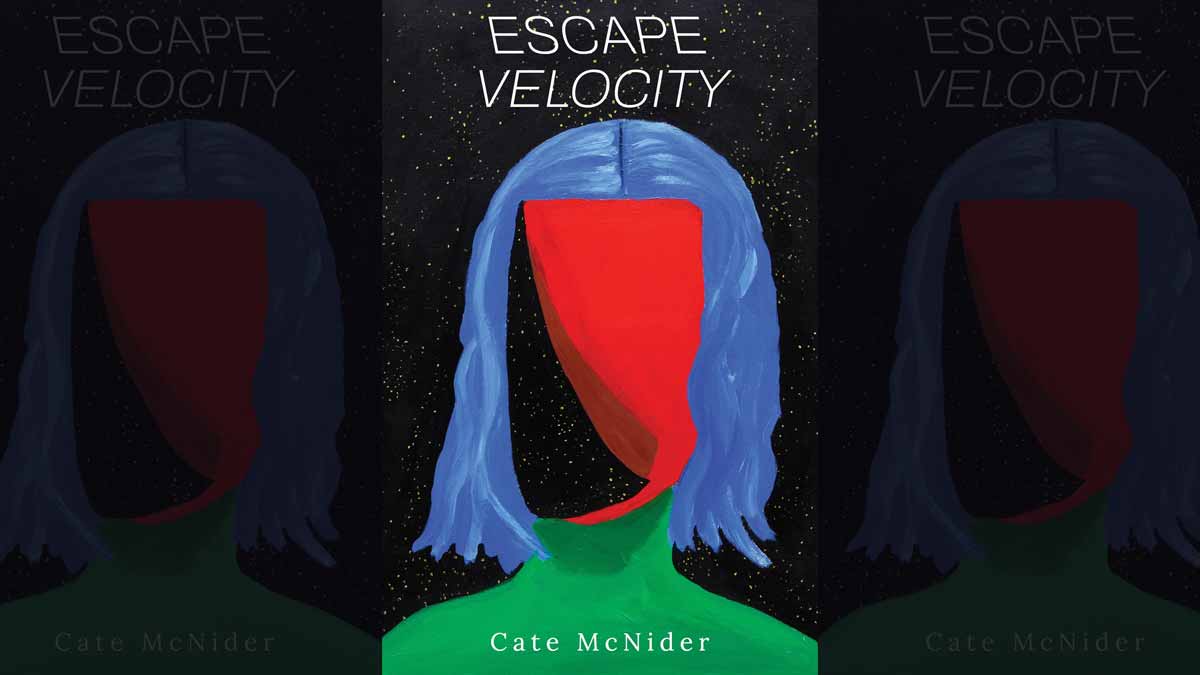
Published by Atmosphere Press
Release July 18,2023
Some years ago my ex husband and I were in Cate’s small New York City apartment. She had invited us to view her paintings, and her very aged dog sticks in my memory. Cate is someone I have known in passing from the yoga community of New York City. We both have been with the same Iyengar teacher for many years and she is also an Alexander Technique practitioner.
In 2005 I brought her first book of poetry, and initially it was to show my support of artists in the city who do not get the recognition as some of the more “famous ones” do. I can relate, owning a small yoga retreat in Maine since 1997, and also being among the “small businesses or artists of the world.” I cannot say exactly how, but somehow I was led to keeping the book in the yoga studio at Sewall House during our summer season, finding myself opening to a page at the end of yoga class to repeatedly find a most perfect introspection to end the class.
Cates’ new book of poetry is chock full of chronological poems, dating from 2011 to 2022 and she shares “reading progressively through it does give a passage of the deepening of letting go. In general, though, poetry allows any page to be entered as the perfect page, as serendipity often reveals what one needs to hear/read in that moment, as you did for your yoga students.”
When I asked Yoga Love Magazine if I could offer a review, I decided I had better read all of the poems and there are many, 98 in all! The poems range from 3-4 lines to a few pages long. Some I find fabulous as meditations for students at the end of class, like this one on page 80:
Process
To see what it IS
You have to see what it is not
Then you’re free to live
In this world where so many think their message is so important and so much information is available to us it is refreshing to read the chronicle of this poet’s thoughts through time. Some of the poems are quite abstract while others, like Black is a Feeling on page 66, are wonderful offerings for contemplation, even suggesting subtle instruction for our life journey.
This book is for yoga teachers to share readings from, as well as spiritual seekers who ask the questions about the mystery of existence living and loving. As writing often is, we wonder if pieces of Cate’s life are here. The title poem Escape Velocity, one of her longer poems I really like (as well as By Interior Design and Captivating Bling, all toward the end of the book) says “the beating not to have happened, the abuse not to have happened.” Whether her story is in her poems (and some are more clearly so) her insights are universal.
Donna Amrita Davidge has been teaching yoga in NYC since 1985 and at Sewall House summers since 1997. Cate’s work is available for purchase on amazon.com
